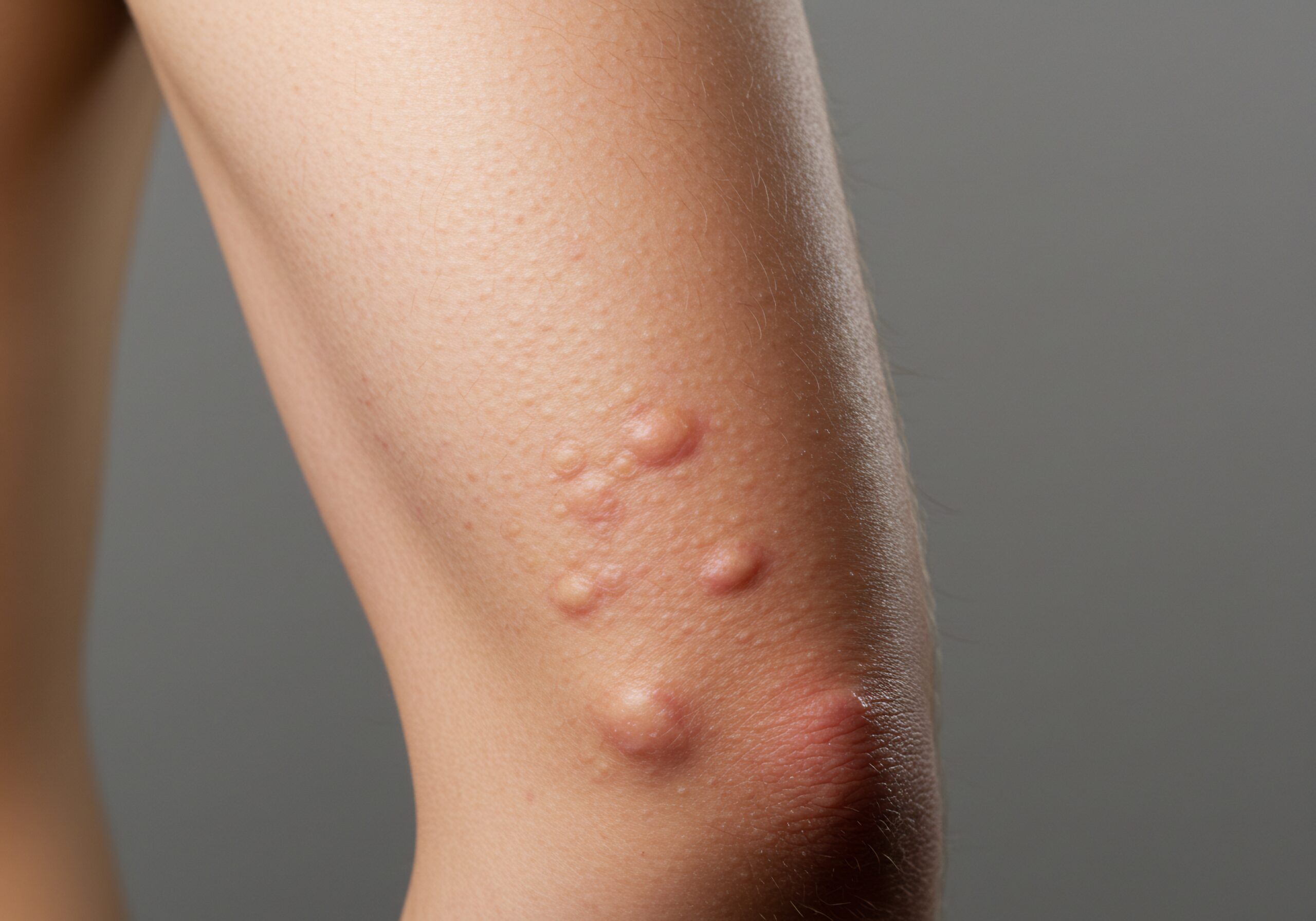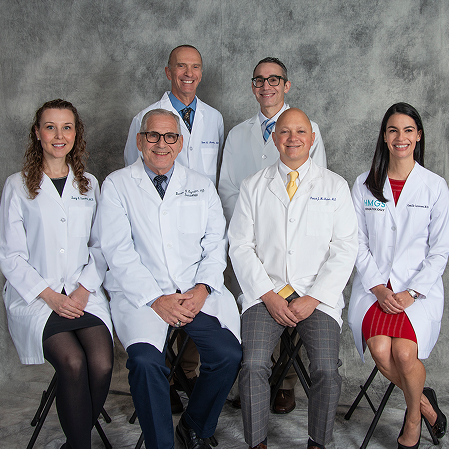Heading back to school can mean excitement, fresh notebooks, and a flurry of new experiences for children and their families. For some, though, this season comes with an extra stressor — skin conditions like molluscum and warts. These common bumps don’t just affect kids physically, as they might impact self-esteem and confidence. Many parents are also concerned about spreading these bumps among other family members, at school, or at sports.
Molluscum vs warts
Molluscum contagiosum and warts are both caused by viruses that thrive among children, especially in places with close contact—like playgrounds, locker rooms, and gym mats. Molluscum is caused by a pox virus. It shows up as small, dome-shaped bumps that may have a tiny dimple in the center. While the bumps themselves are usually harmless, they can spread easily from child to child or through shared surfaces and equipment. Warts, caused by the human papillomavirus, often appear on fingers, hands, and feet, leading to discomfort and sometimes embarrassment.
If your child participates in sports like wrestling or swimming, or attends summer camp or daycare, it’s important to keep an eye out for these bumps. The good news is that while both conditions can be contagious, there are ways to manage outbreaks and prevent the bumps from spreading.
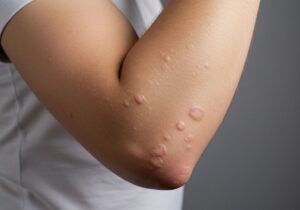
What’s new in molluscum treatment?
For years, molluscum treatments involved waiting for the bumps to go away, which could take up to a year or more. Sometimes, topical therapies or removal methods were used, but results and comfort varied. Now, new therapies have changed the landscape for children and families dealing with molluscum.
Meet Zelsuvmi and Ycanth—the newest FDA-approved breakthroughs for the treatment of molluscum in children.
Zelsuvmi — 2025 at-home convenience for families
Zelsuvmi, also known as berdazimer gel, is the first and only FDA-approved at-home prescription treatment for molluscum contagiosum in children as young as one year old. This innovative topical gel is applied once daily and has been shown to clear bumps more quickly than traditional methods. In recent clinical trials, about a third of children saw complete clearance of their bumps at 12 weeks, and many families noticed improvement within just two weeks. The convenience of Zelsuvmi allows families to treat molluscum safely at home, instead of repeated office visits. Side effects are generally mild, usually limited to redness or sensitivity at the application site, and most children tolerate it very well.
Ycanth — applied at our HMGS office
Ycanth is a topical, unique, cantharidin solution, approved in 2023 for children aged two and older. Your HMGS Dermatology provider applies Ycanth to individual lesions during an office visit. The medication then works beneath the surface, allowing the molluscum bump to lift away as the skin heals. Ycanth treatments are spaced about three weeks apart, and families usually see progress within one to two treatments. Most side effects are limited to temporary skin reactions such as blistering, redness, or mild discomfort at the treated spots. Ycanth must be applied by a professional to avoid unnecessary irritation and is not suited for sensitive areas like the face or groin.
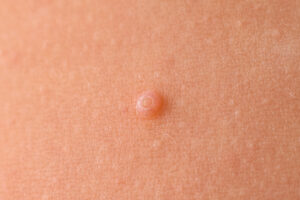
Recovery times and what to expect
Most cases of molluscum resolve on their own over six to eighteen months, though some children might see bumps linger for up to four years. With treatments like Zelsuvmi and Ycanth, skin can clear more quickly, with many children becoming bump-free in just a few months. It’s important to remember that bumps can return after treatment or if the virus is picked up again from surfaces or playmates. Regular follow-up with your pediatric dermatologist can help minimize number of lesion.
Traditional options
HMGS Dermatology providers also use traditional cantharidin (aka “beetle juice”), topical retinoids (tretinoin), curettage, liquid nitrogen/cryosurgery, imiquimod cream, cimetidine, and natural therapies to combat molluscum.
Are there any complications of having molluscum?
Some of the more common complications of molluscum include a dermatitis (eczema-like), secondary bacterial infections, and scarring. Our provider have also diagnosed Well’s syndrome, conjunctivitis, and pseudo-cysts as the result of molluscum.
Insights from our Pediatric Dermatology expert
“Children shouldn’t have to miss out on school or sports just because of molluscum. With new treatments available, most can stay active and confident while their skin clears,” says Dr. McMahon, pediatric dermatologist at HMGS Dermatology. “It’s reassuring to know that families now have options that are comfortable, safe, and designed for kids.”
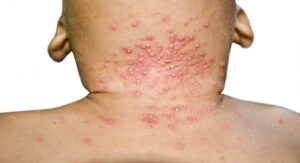
Your trusted partner for healthy skin
HMGS Dermatology is proud to serve families throughout South Jersey. We have 4 Board Certified pediatric dermatologists who have vast experience treating molluscum. Whether it’s recognizing bumps early, choosing the right treatment, or providing support through sports seasons and school years, our dedicated pediatric dermatology team is here for you. Visit our pediatric dermatology page to learn more about how we care for children at every stage.
Book online for peace of mind
Ready to say goodbye to bumps and send your child back to school with confidence? Schedule a visit with HMGS Dermatology’s trusted pediatric skin experts. Book online today at HMGS Dermatology — South Jersey and let’s make this school year about fun, learning, and healthy skin.
